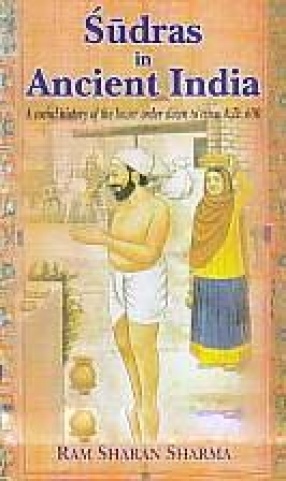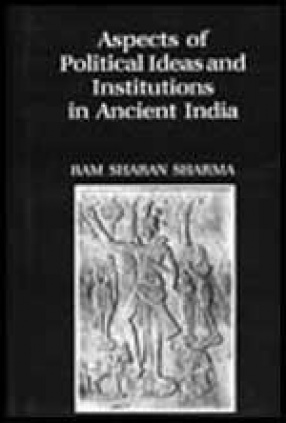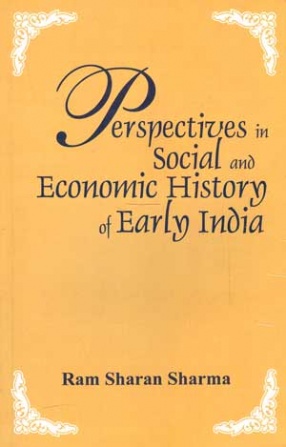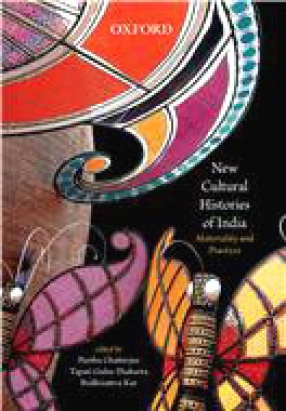Sudras in Ancient India tries to show how the labouring class in ancient times came to be known as sudras. It explores their social and economic relations with the members of the higher varnas. It also tries to tackle several other problems: Was ancient Indian society a slave society? How far did the ritual status of the sudras correspond to their economic status? How did the vaisyas come to be reduced to the level of the sudras and the sudras placed on a par with the vaisyas? What accounts for the proliferation of the servile orders in Gupta and post-Gupta times? Why were social revolts comparatively absent in ancient India? Although the study hinges on the history of the sudras, it also works out a framework for the history of social differentiation and marks the main stages in the evolution of ancient Indian society. Since social history cannot be studied without appreciating material life at various stages, the impact of settled agricultural life, thriving trade, and land grants on the social formation has been examined and its implications for occupational and territorial mobility discussed. Comparisons have also been made with the developments in other ancient societies and also with tribal practices and institutions known to anthropology.

Studies in Ancient Indian : A Social History of the Lower Order Dawn to c A D 600
In stock
Free & Quick Delivery Worldwide
reviews
Bibliographic information
Title
Studies in Ancient Indian : A Social History of the Lower Order Dawn to c A D 600
Author
Edition
Reprint
Publisher
ISBN
8120807065
Length
xix+384p., Append.; Bibliography; Index
Subjects






There are no reviews yet.